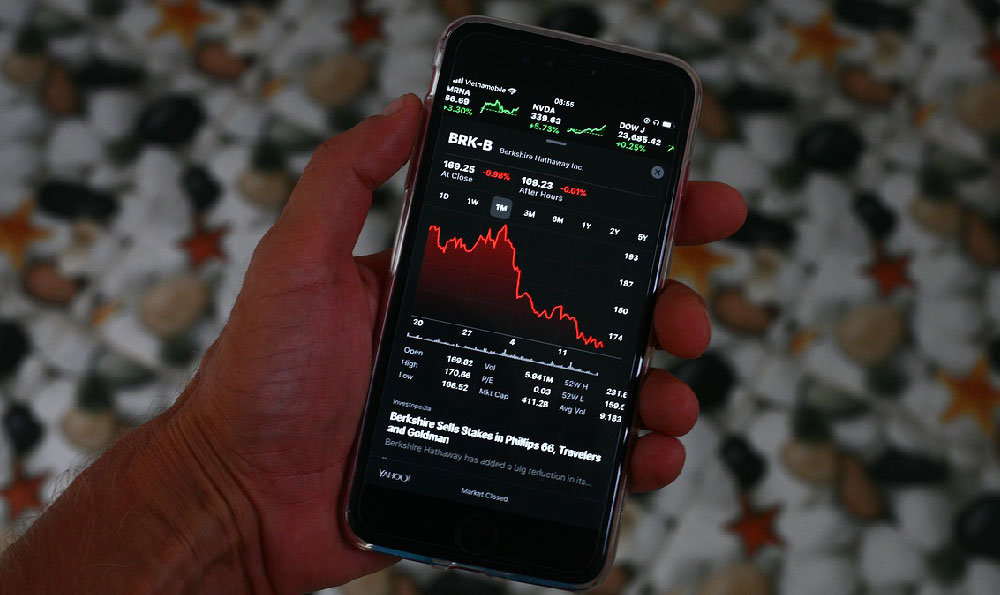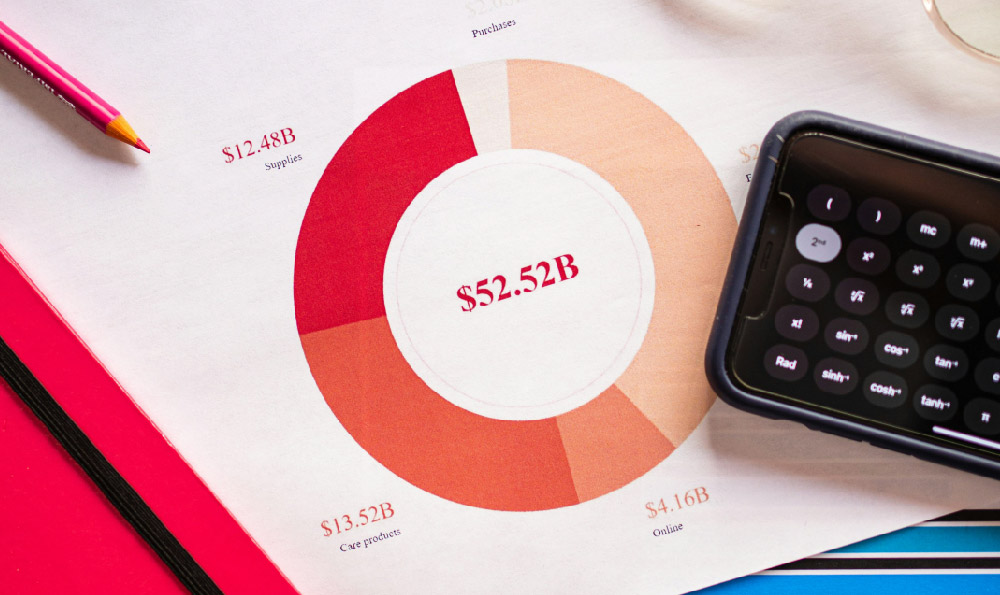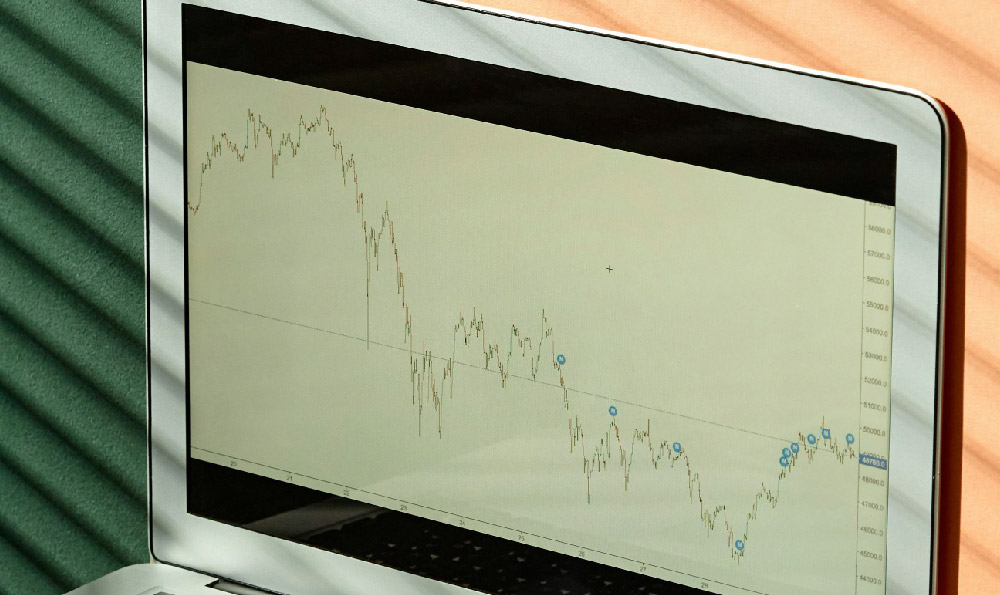Using a credit card for a money order is a nuanced topic fraught with limitations and potential pitfalls. While theoretically possible, the practical reality often presents significant challenges, and the financial implications should be carefully considered. Before delving into the details, it's crucial to understand what money orders are and why someone might need one.
Money orders are essentially prepaid checks, offering a secure and verifiable method of transferring funds. They are commonly used by individuals who don't have a bank account or prefer not to use personal checks for payments. Money orders are also favored for transactions where the recipient requires guaranteed funds, as the issuer verifies that the money is available before issuing the order. They are relatively inexpensive compared to other methods like wire transfers, and readily available at various locations.
The core issue with using a credit card for a money order lies in how credit card companies and money order issuers classify such transactions. Generally, purchasing a money order with a credit card is treated as a cash advance, not a purchase. This distinction is critical because cash advances come with significantly higher interest rates than standard purchases. Credit card issuers justify this classification due to the inherent risk and potential for abuse. Someone could theoretically use a credit card to obtain a money order, then use that money order to pay off other debts or withdraw cash, effectively converting their available credit into readily spendable funds without the safeguards and underwriting typically associated with cash advances.

The higher interest rates on cash advances are just the beginning of the potential downsides. Unlike regular purchases, cash advances typically don't qualify for grace periods. This means interest accrues immediately from the date of the transaction, further increasing the cost. Moreover, cash advance fees, often a percentage of the amount advanced, are typically charged upfront, further diminishing the value of the money order. These fees can quickly add up, making using a credit card for a money order an extremely expensive proposition.
Beyond the direct costs, using a credit card for a money order can also negatively impact your credit score. Cash advances often have separate credit limits from your purchase limit, and even if they don't, utilizing a large portion of your available credit for a cash advance can increase your credit utilization ratio. A high credit utilization ratio, particularly exceeding 30%, can significantly lower your credit score. Furthermore, consistently relying on cash advances can signal to lenders that you are facing financial difficulties, making it harder to obtain loans or credit in the future at favorable rates.
Even if you are willing to accept the higher costs and potential credit score implications, finding a place that allows you to purchase a money order with a credit card is difficult. Most major money order issuers, such as the United States Postal Service (USPS), MoneyGram, and Western Union, explicitly prohibit the use of credit cards for money order purchases. Their policies are designed to mitigate the risks associated with cash advances and prevent fraud. These issuers primarily accept cash, debit cards, and occasionally traveler's checks.
However, there might be indirect methods, albeit complex and often impractical, to potentially circumvent these restrictions. For example, some third-party payment processors or financial technology (FinTech) companies might allow you to load funds onto a prepaid debit card using a credit card. You could then use this prepaid debit card to purchase a money order at a location that accepts debit cards. However, this approach often involves multiple layers of fees, including fees for loading the prepaid card, fees for using the prepaid card at a point-of-sale, and potentially even monthly maintenance fees on the prepaid card itself. The cumulative effect of these fees can make this method prohibitively expensive.
Another potential option is to utilize a service that allows you to send money to someone online using a credit card, and the recipient can then use those funds to purchase a money order. Companies like PayPal or Venmo might facilitate such transactions, but again, fees are involved, and the recipient would still need to go through the process of obtaining the money order using the funds received.
Before considering any of these approaches, it is crucial to meticulously research and compare the fees associated with each method. The convenience of using a credit card for a money order is often outweighed by the substantial financial burden it imposes. It's also imperative to understand the terms and conditions of your credit card agreement regarding cash advances, including the interest rates, fees, and any potential impact on your credit score.
In conclusion, while technically possible in limited and often indirect ways, using a credit card for a money order is generally not advisable due to the high costs, potential credit score implications, and the scarcity of places that readily allow it. Exploring alternative payment methods, such as using a debit card, a personal check, or directly sending funds electronically, is almost always a more financially sound and practical approach. If you find yourself repeatedly needing money orders and lacking access to traditional banking services, it might be beneficial to explore options like opening a checking account or utilizing a prepaid debit card account as a more sustainable solution. Always prioritize responsible financial practices and avoid accumulating unnecessary debt through high-interest cash advances. Thoroughly evaluate your options and understand the associated risks before making any financial decisions.












